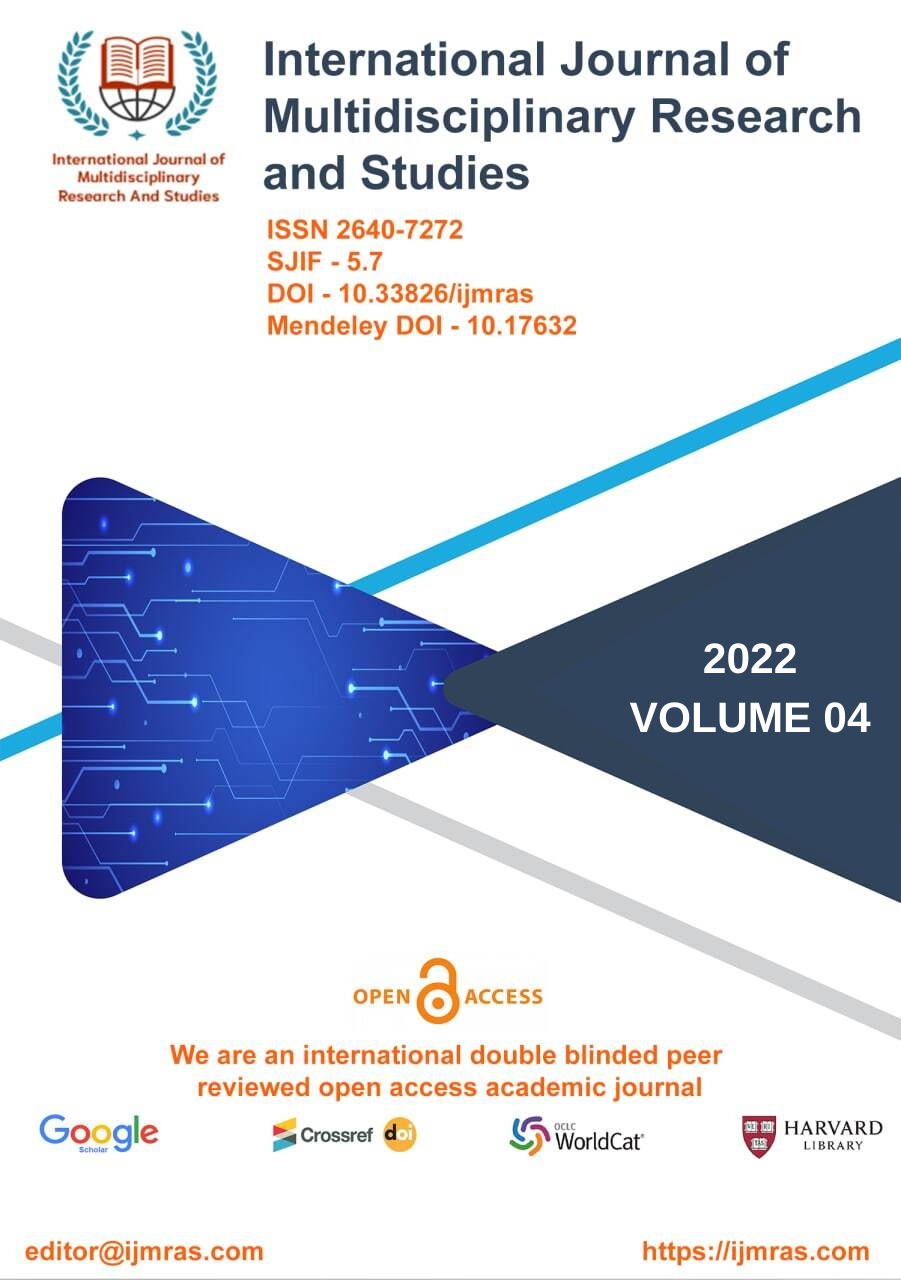TYPES OF CHILD MIRRORING BEHAVIOR
Abstract
In this paper, we build upon previous research that examined adaptive behaviour in communication and present a study of co-occurring and mirroring gestures in first encounters. This research was conducted in order to better understand how people adapt their communication styles when they meet new people. In addition, we present experiments using machine learning in which classifiers are trained on knowledge about the gestures of one participant in order to anticipate the behaviour of the interlocutor. These experiments are an extension of earlier work that focused on facial expressions Our primary hypothesis is that mirroring effects occur frequently in face-to-face communication and that these effects involve all types of gestures. Additionally, we hypothesise that mirroring should and can be accounted for in advanced and cognitively aware information and communication technologies. The following outline should be used for the paper. Following that, in part 2, we discuss similar research, and in section 3, we talk about the corpus itself as well as the annotations. The part titled "Section 4" covers the description of the extraction of mirroring gestures as well as the presentation of the analysis of mirroring gestures. In the next part, number 5, machine learning experiments were conducted with the purpose of determining whether or not information about the gestures created by one subject may be used to anticipate the presence and kind of gestures made by the interlocutor. In the next part, "Section 6," we will describe the outcomes of the tests, and in the following section, "Section 7," we will draw a conclusion and provide some recommendations for further research.
Keywords
communication styles, mirroring gestures, primary hypothesisHow to Cite
References
American Psychiatric Association, & American Psychiatric Association (Eds.). (2013).Diagnostic and statistical manual of mental disorders: DSM-5 (5th ed). Washington, D.C: American Psychiatric Association.
Arbib, M. A. (2005). From monkey-like action recognition to human language: An evolutionary framework for neurolinguistics. Behavioral and Brain Sciences, 28(2), 105–124. https://doi.org/10.1017/S0140525X05000038
Baird, A. D., Scheffer, I. E., & Wilson, S. J. (2011). Mirror neuron system involvement in empathy: A critical look at the evidence. Social Neuroscience, 6(4), 327–335. https://doi.org/10.1080/17470919.2010.547085
Baron-Cohen, S. (2000). Theory of mind and autism: A review. In International Review of Research in Mental Retardation (Vol. 23, pp. 169–184). Elsevier. https://doi.org/10.1016/S0074-7750(00)80010-5
Baron-Cohen, S. (2001). Theory of mind and autism: A review. International review of research in mental retardation, 23(23), 169-184.
Baron-Cohen, S., Leslie, A. M., & Frith, U. (1985). Does the autistic child have a “theory of mind” ? Cognition, 21(1), 37–46. https://doi.org/10.1016/0010-0277(85)90022-8
Baron-Cohen, S., & Wheelwright, S. (2004). The Empathy Quotient: An Investigation of Adults with Asperger Syndrome or High Functioning Autism, and Normal Sex Differences. Journal of Autism and Developmental Disorders, 34(2), 163–175. https://doi.org/10.1023/B:JADD.0000022607.19833.00
Baron-Cohen, S., Wheelwright, S., Hill, J., Raste, Y., & Plumb, I. (2001). The “Reading the Mind in the Eyes” Test Revised Version: A Study with Normal Adults, and Adults with Asperger Syndrome or High-functioning Autism. The Journal of Child Psychology and Psychiatry and Allied Disciplines, 42(2), 241–251. https://doi.org/10.1017/S0021963001006643
Baron-Cohen, S., Wheelwright, S., Skinner, R., Martin, J., & Clubley, E. (2001). The Autism- Spectrum Quotient (AQ): Evidence from Asperger Syndrome/High-Functioning Autism, Malesand Females, Scientists and Mathematicians. Journal of Autism and Developmental Disorders, 31(1), 5–17. https://doi.org/10.1023/A:1005653411471
Bates, D., Mächler, M., Bolker, B., & Walker, S. (2014). Fitting Linear Mixed-Effects Models using lme4. ArXiv:1406.5823 [Stat]. Retrieved from http://arxiv.org/abs/1406.5823
Bates, D., Mächler, M., Bolker, B., & Walker, S. (2015). Fitting Linear Mixed-Effects Models Using lme4. Journal of Statistical Software, 67(1). https://doi.org/10.18637/jss.v067.i01
Becchio, C., Cavallo, A., Begliomini, C., Sartori, L., Feltrin, G., & Castiello, U. (2012). Social grasping: From mirroring to mentalizing. NeuroImage, 61(1), 240–248. https://doi.org/10.1016/j.neuroimage.2012.03.013
Bente, G., & Krämer, N. C. (2001). Psychologische Aspekte bei der Implementierung und Evaluation nonverbal agierender Interface-Agenten. In Mensch & Computer 2001 (pp. 275–285). Vieweg+Teubner Verlag. https://doi.org/10.1007/978-3-322-80108-1_29
Bertone, A., Mottron, L., Jelenic, P., & Faubert, J. (2003). Motion Perception in Autism: A “Complex” Issue. Journal of Cognitive Neuroscience, 15(2), 218–225. https://doi.org/10.1162/089892903321208150
Bishop, D. V. M., & Norbury, C. F. (2005). Executive functions in children with communication impairments, in relation to autistic symptomatology: I: Generativity. Autism, 9(1), 7–27. https://doi.org/10.1177/1362361305049027
Boulter, C., Freeston, M., South, M., & Rodgers, J. (2014). Intolerance of Uncertainty as a Framework for Understanding Anxiety in Children and Adolescents with Autism Spectrum Disorders. Journal of Autism and Developmental Disorders, 44(6), 1391–1402. https://doi.org/10.1007/s10803-013-2001-x
License
Copyright (c) 2021 Priyanka Kumari

This work is licensed under a Creative Commons Attribution 4.0 International License.
Individual articles are published Open Access under the Creative Commons Licence: CC-BY 4.0.




